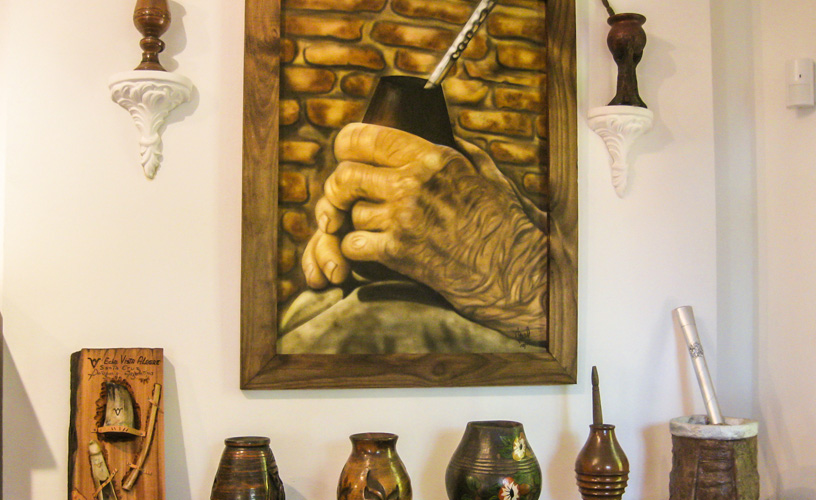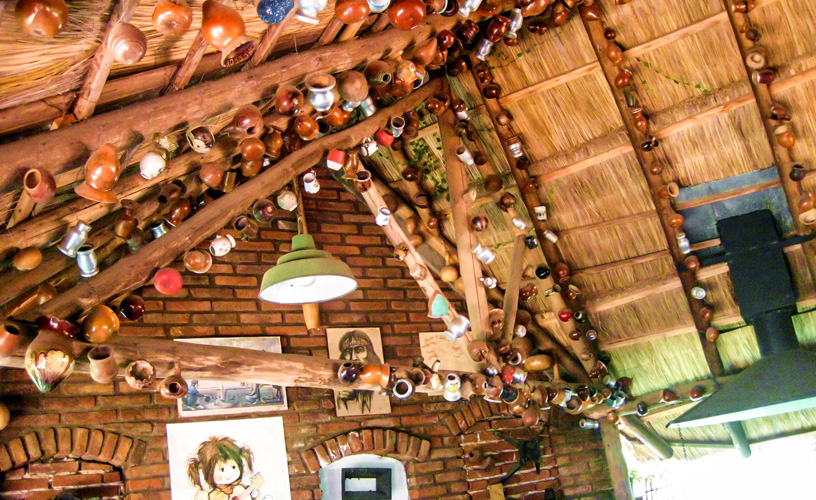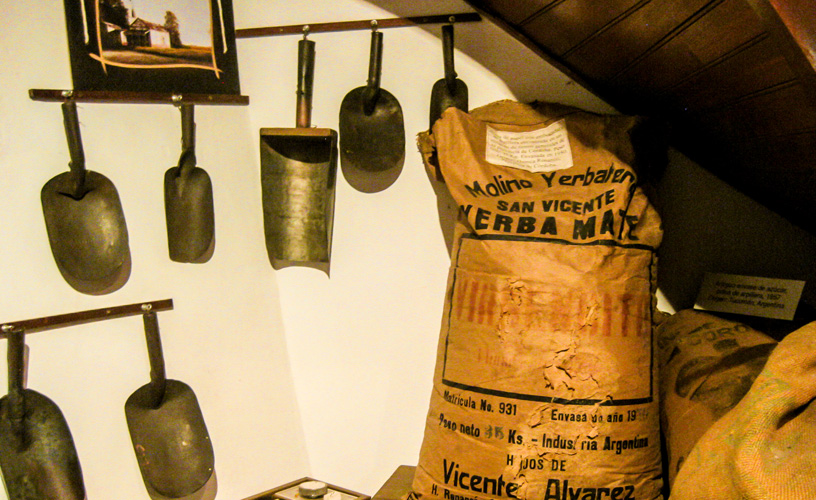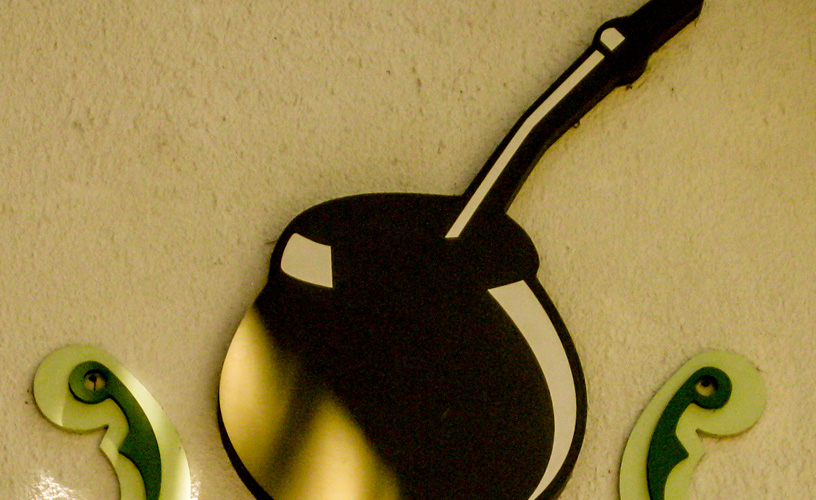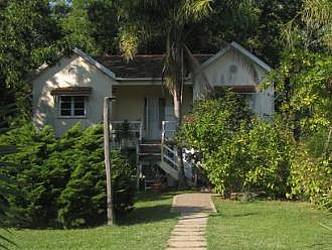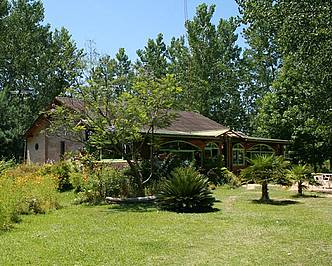Museum of Mate, Unique in the World
The passion of so many Argentinian people, a custom that has existed even since before the country emerged, has its own place in Tigre. Relics, rarities and a tour around the history of mate.
We arrived in Tigre feeling happy to enjoy a very sunny hot day at the delta. In a white house, pleasant like many other things in Tigre, the museum was waiting for us, a few meters away from the River Station and Tigre TBA Station. Right there. This essential custom for the Argentinian, so natural for many, deserved a space where it could receive recognition. It seems almost strange to think that no one had thought about this before. The Museum of Mate (“unique in the world”), in Tigre, opens up its gates into once corner of Argentina’s identity. At the access, we were welcomed by smiley faces and soon the guided tour began. Every piece treasured much more than I had ever imagined.
With just a little data, our imagination soared. Mate used to be a custom of the natives of the littoral area. It was later adopted by the criollos and it has accompanied Argentina ever since the very beginning. Centuries of drinking mate are seen through the pieces that reflect the passing of time and the change of customs, fashions and circumstances. History may be almost outlined through the museum pieces. First, there appear the most rustic items of the collection. Then, we saw the metal mates once owned by the criollos of the colony, who used to import their mates from Europe because there was no metal in the area of the Río de la Plata. German mates, silver mates, very ornamented or simple and practical mates. Everything was there. In the nineteenth century, immersed in ballrooms and social life, the wealthy people used to have mates that may be considered silversmithing masterpieces. Stylized, with very elaborate bases and symbolic decorations, a high-society lady used to show her class through the mate she used to entertain her guests. Mate is also part of the political history of the country and it has always been a campaign gift. We could see mates made with gourd and porcelain mates with the portraits of Rosas, Perón, Artigas and other key historical figures. The five rooms of the museum invite visitors on a detailed and complete tour. The collection includes all the elements involving the custom of mate: yerba, yerba packs, the traditional gourd with which it is made, the straws, mates specially created to commemorate special occasions, kettles of various shapes, flasks (including the first flask ever created), advertising, and everything related to this habit until this date. At the end of the tour, the museum shows a video that explains the process of growing yerba mate. Afterwards, visitors may access the gift shop and acquire some souvenirs. But the real finale is to one side of the museum: the Mate-bar with tables in the sunshine and the shade, where visitors may sit and pour some mates as they enjoy the quietness of Tigre.
Marcos Rodríguez
Marcos Rodríguez
